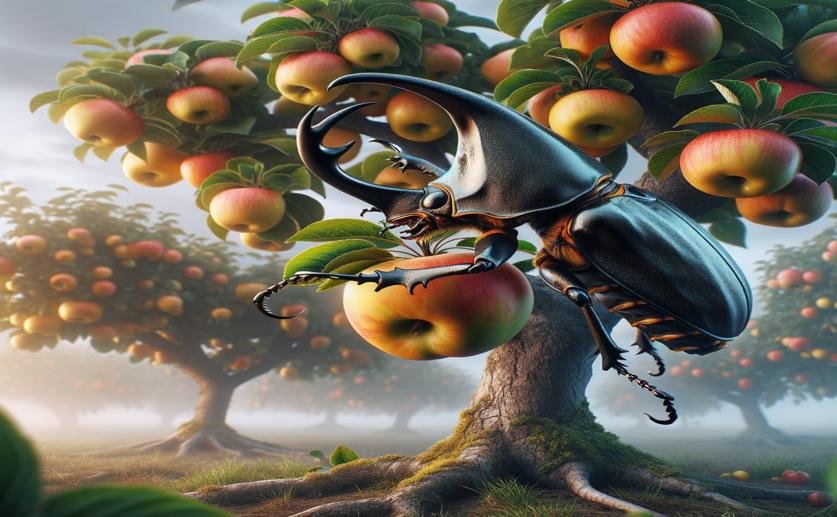
Invasive Beetle Threatens Fruit Trees
Jim Crocker
4th June, 2024

Image Source: Natural Science News, 2024
Key Findings
- The study by the National Agriculture and Food Research Organization in Japan evaluated the potential damage the Asian longhorned beetle (ALB) could inflict on major fruit species
- Male ALB beetles were most attracted to the odor of cherry branches, indicating cherry trees could be particularly appealing to them
- Japanese pear trees were the most consumed by ALB, posing a significant risk to pear orchards, and also showed a high potential for egg-laying by the beetles
AgricultureEnvironmentAnimal Science
References
Main Study
1) Anoplophora glabripennis, an invasive longhorned beetle, has the potential to damage fruit trees in Japan.
Published 3rd June, 2024
https://doi.org/10.1038/s41598-024-63548-0
Related Studies
2) Chemical Ecology of the Asian Longhorn Beetle, Anoplophora glabripennis.
3) Identification of Anoplophora glabripennis (Moschulsky) by its emitted specific volatile organic compounds.
4) Effects of pheromone and plant volatile release rates and ratios on trapping Anoplophora glabripennis (Coleoptera: Cerambycidae) in China.



 17th May, 2024 | Jenn Hoskins
17th May, 2024 | Jenn Hoskins